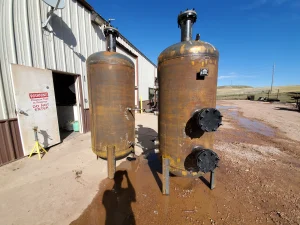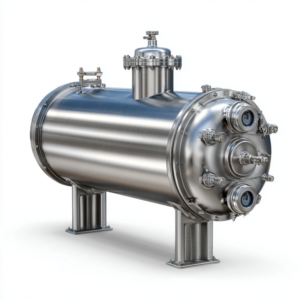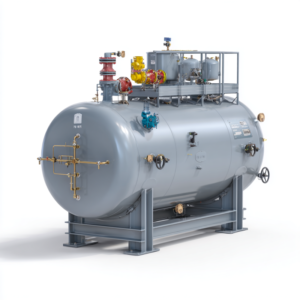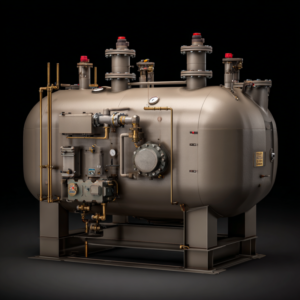
Types of Mechanical Failure
Mechanical failure in engineering, especially pressure vessel design, occurs in two main forms: ductile and brittle failure. Ductile failure involves visible deformation before breaking, offering safety warnings, while brittle failure is sudden and catastrophic with little to no warning. Factors like temperature, strain rate, material microstructure, and environmental exposure influence failure behavior. Engineers must consider these aspects in material selection and design to ensure system safety, especially in high-pressure or critical applications. Red River designs vessels with ductility, safety, and




